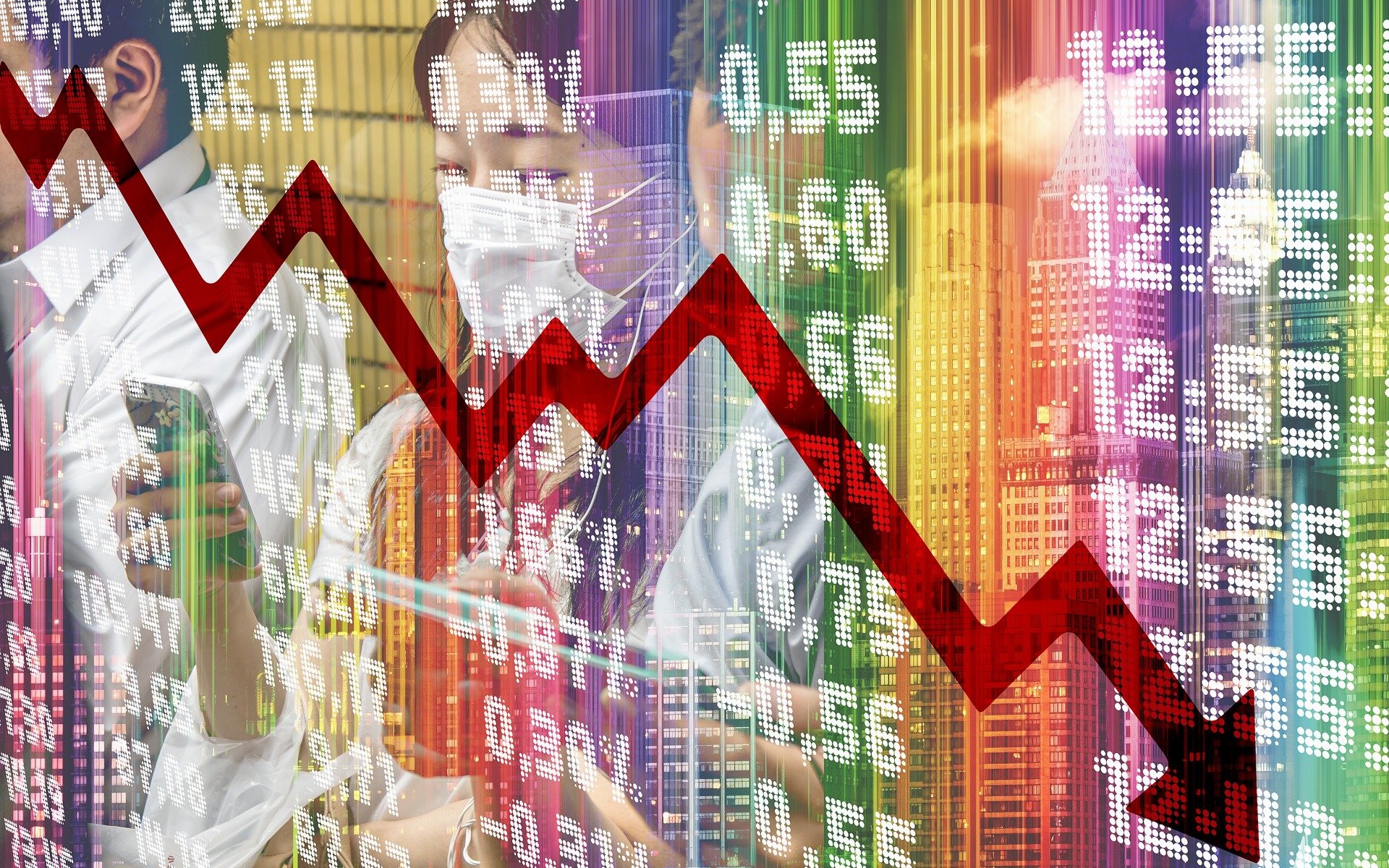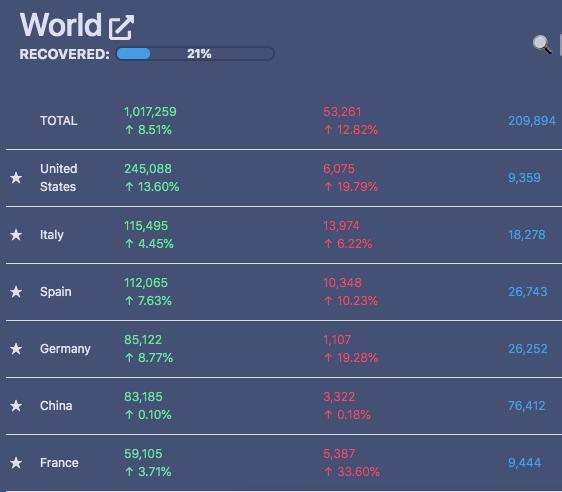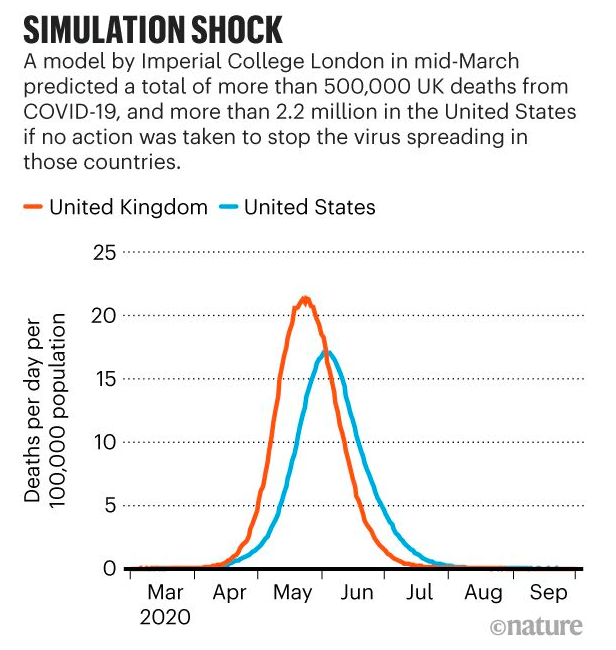
What shall we think of the prediction of “2.4 billion people will be infected worldwide”?
The number of confirmed cases of COVID-19 all over the world has increased rapidly. As of April 4, the number of confirmed cases has exceeded 1 million! The number is still far from the “peak”. Scientific research institutions in many countries have conducted statistical analysis on the trend of the epidemic situation, hoping to better prevent and control in advance.

Governments also rely on these data predictions to help guide decision-making measures for epidemics. Although computer simulations account for only a small portion of the data analysis conducted by the simulation team in crisis, they are increasingly important in decision-making. So, what could we conclude from the data? Are they convincing?
2.4 billion, which is a medium-level situation considered by the novel coronavirus Investigation Team of Imperial College. The survey was released in the 12th report released on March 26th. The report made predictions about high, medium, and low levels of the number of infected people in the world. Since the outbreak of the epidemic, the team ‘s report has been widely cited. There are views that the report has played a certain supporting role. After the research results of the United Kingdom and the United States, they have greatly strengthened the epidemic prevention policy.
In the three situations in this report, the global death toll this year is about 40 million, 10 million, and 1.86 million respectively. The fatality rates of the three situations calculated according to their detailed data are about 0.58%, 0.43%, and 0.40% respectively. However, according to the data from WHO, there were 693,224 confirmed cases worldwide and 33,106 deaths on the Mar 30th. According to this calculation, the fatality rates ought to be about 4.8%. Why is there a big deviation between the predicted fatality rate and the reality?
There are many reasons that can lead to such results. First of all, the number of infected people in the research model includes a large number of mild patients and asymptomatic infected persons. This part of people may not be confirmed because their symptoms are not obvious and they have not been tested. Secondly, the model is based on historical data analysis, this situation also exists in the previous data. Therefore, the prediction is credible, but cannot be completely believed.
The Coronavirus Working Group of White House also predicted on March 31 that if no action is taken, there may be more than 2.2 million people in the United States dying from COVID-19. Even under existing interventions, the death toll of COVID-19 in the United States may eventually be between 100,000 and 240,000. As of 22:00 on April 1, the number of confirmed cases of COVID-19 in the United States has exceeded 213,000, and more than 4,700 deaths.

Zhang Zuofeng, deputy dean of the School of Public Health at the University of California, Los Angeles, said that the prediction interval announced by the White House is reasonable. However, the current measures taken by the United States are more effective. The morbidity and fatality rates may be lower than estimated. And the actual fatality rates may also be less than 100,000.
It is obvious that in the era of big data, statistical methods can indeed predict trends and provide references in a sense. But the models still have their limitations. First, different models have different parameters and algorithms. The results may be very different. Secondly, these models are based on historical data and various assumptions, which may not be accurate. And in reality, countries are actively taking measures to control, such as wearing masks, reagent testing, and diagnosis and isolation. Effective measures can greatly reduce the rate of case growth. And it can also contain the spread of the virus. Therefore, the real data is affected by many factors, and maybe greatly different from the predicted data!
No matter how serious the situation, GBI Consulting Company always devotes to providing you with reliable and safe medical supplies to help you overcome the epidemic. We always devote to studying the high-quality supply chain. We not only guarantee quality certification for you, but also provide you with the lowest cost, highest efficiency, and safest medical supplies. GBI helps you in product sourcing, price negotiation, factory audit, QC, legal support and after service. Since the outbreak of the COVID-19, GBI has successfully helped more than 10 countries import medical supplies. Making you more resilient in the global value chain and protect your business and family from beginning to end is what we are doing. Get in touch with us to start a profitable business NOW!



